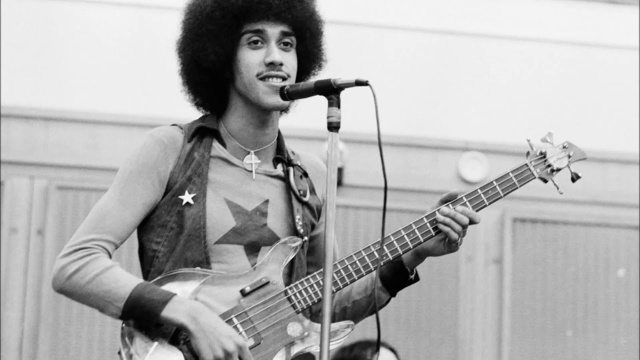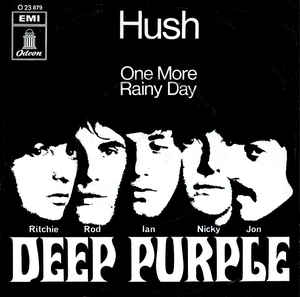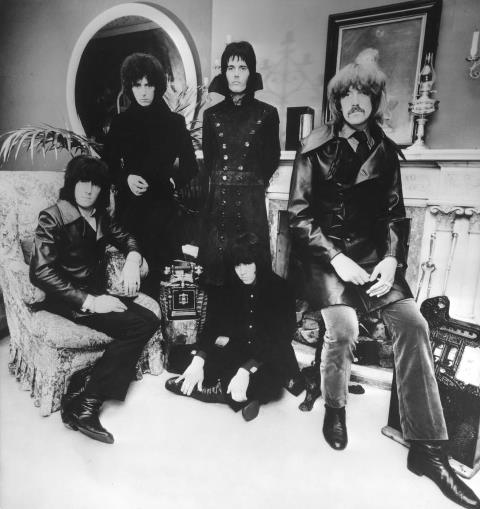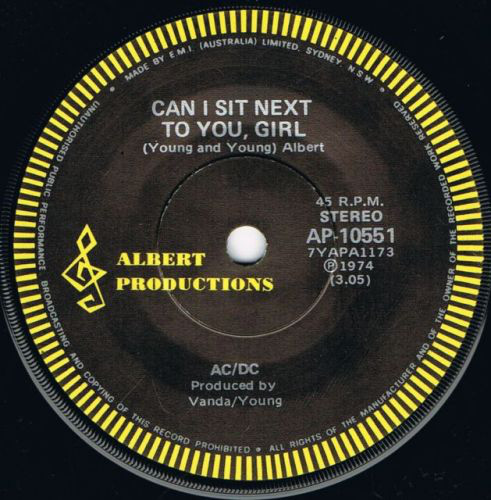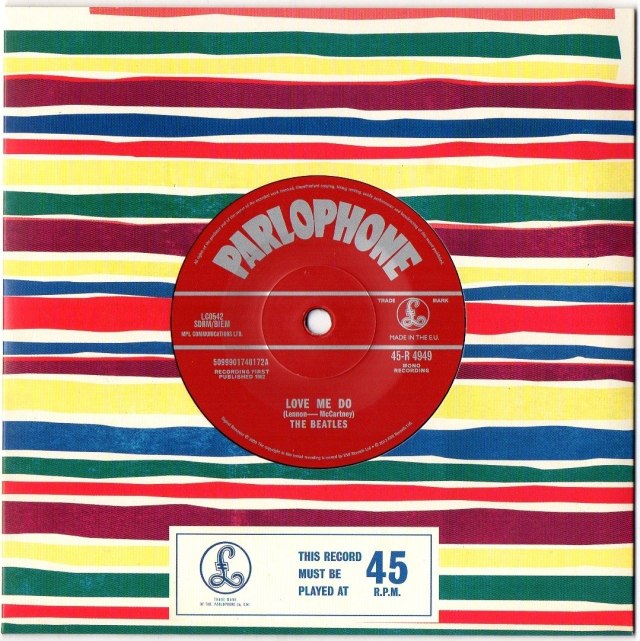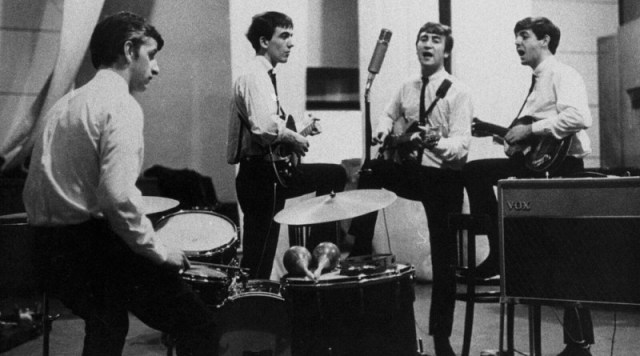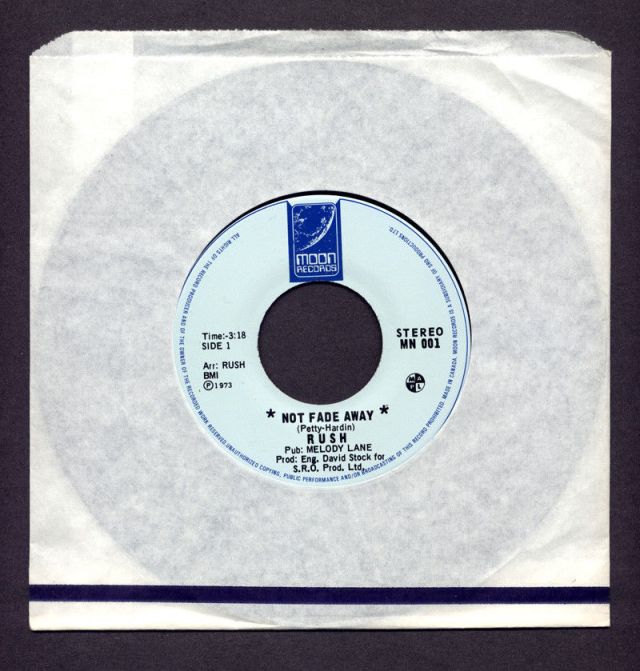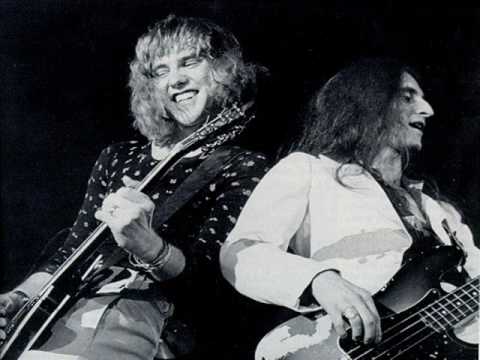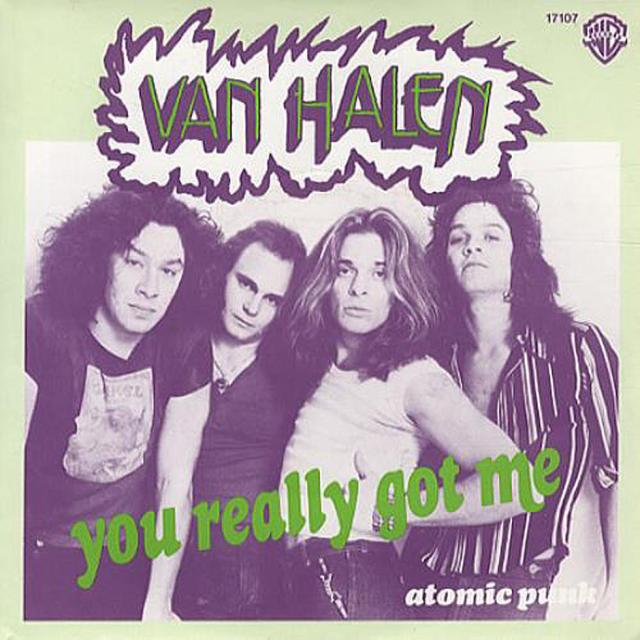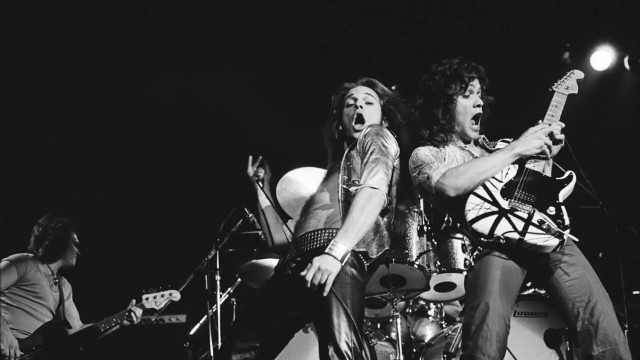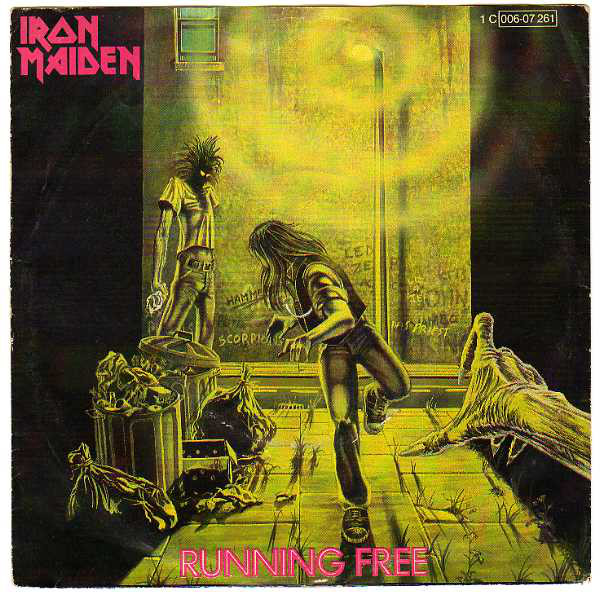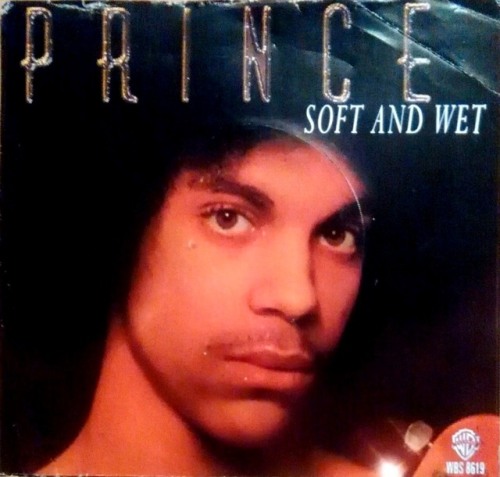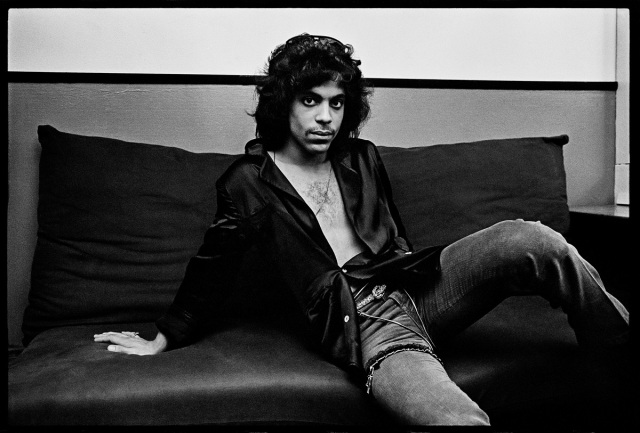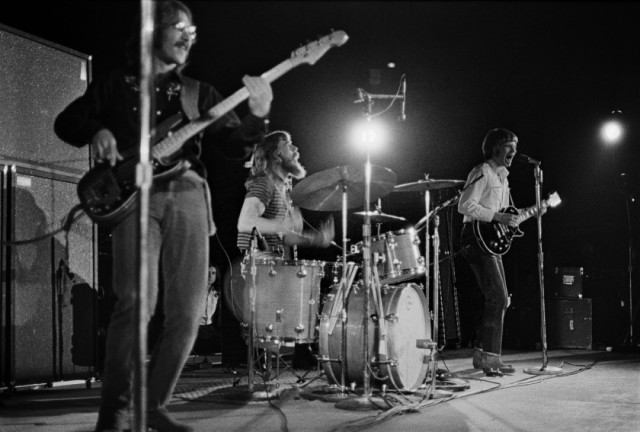I’ve been listening to Faith No More for a long time, though not long as their history.
Back in 1979 there were Sharp Young Man and soon Faith. No Man. Only a handful of people remained from the whirlwind of activities between 1979 and their single debut.
Billy Gould was the bass player between all those bands & Mike “Puff” Bordin, the drummer.
Roddy Bottum (keyboards) replaced Wade Warrington in Faith. No Man in 1984.
Then the three walked away from singer/guitarist Mike “The Man” Morris. Him no more.
They released their debut record by fledging label Mordam Records in 1985.
“We Care a Lot” featured singer/rapper Chuck Mosley and guitarist “Big” Jim Martin.
Only by the time of sophomore record they managed to get a single released (Faith. No Man had theirs by 1983).
Now in Slash Records, extracted from a record labelled “Introduce Yourself” and with a re-recording of “We Care a Lot“‘s title track (plus a surreal MTV video)
And the single track they did not care a lot about. Slash Records chose an album track and commissioned a remix.
Reportedly, a friend with the band had a cock “as hard as Chinese Arithmetic“. And from this foundation Faith No More got their first single (dis)rele(ase).
Buzz-thin keyboards introduce the rhythmic assault of University of California Bordin. Careening yet careful, they raise courtains for a moody guitar motif, segued by abstract keys. Then a blurred awakening of all those sound collisions slide into Mosley’s beer talk.
It could have been a failed art project, on paper too many rejects. Oddly moving, sublime and intriguing, it stands still.
Goth tale in street smart, dysfunctional relations of youth fantasies, amuse and boredom.
We got the same ideas, we got the same old fears
They’re different colors sometimes, but, hey, who cares?
This band rollercoasts through the moods on the tips of hats, master mood setters we see.
The first single almost a decade in the making went many directions but hey, who cares.
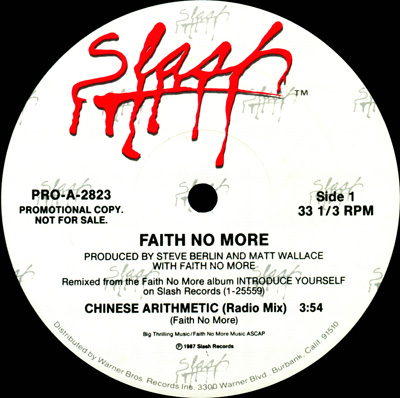
Some of them were into Dub at the time and it shows. The B-Side “Kick and Scream Mix” (also by producer Matt Wallace) skip some layers (Bottum’s), hyperventilated others (Mosley’s stood panache, Gould’s throbbs) and threw (Bordin) in the mix. Buzzing from bad radio static, the performance still great and more unhinged, roots in (Post-)Punk.
Faith No More was a feat of recombination of falling pieces. Puzzles don’t miss marks.
Try to control bad behaviour…
Tracklist:
9.0 Chinese Arithmetic (Radio Mix)
8.5 Chinese Arithmetic (Kick and Scream Mix)
Carlos Frederico Pereira da Silva Gama






